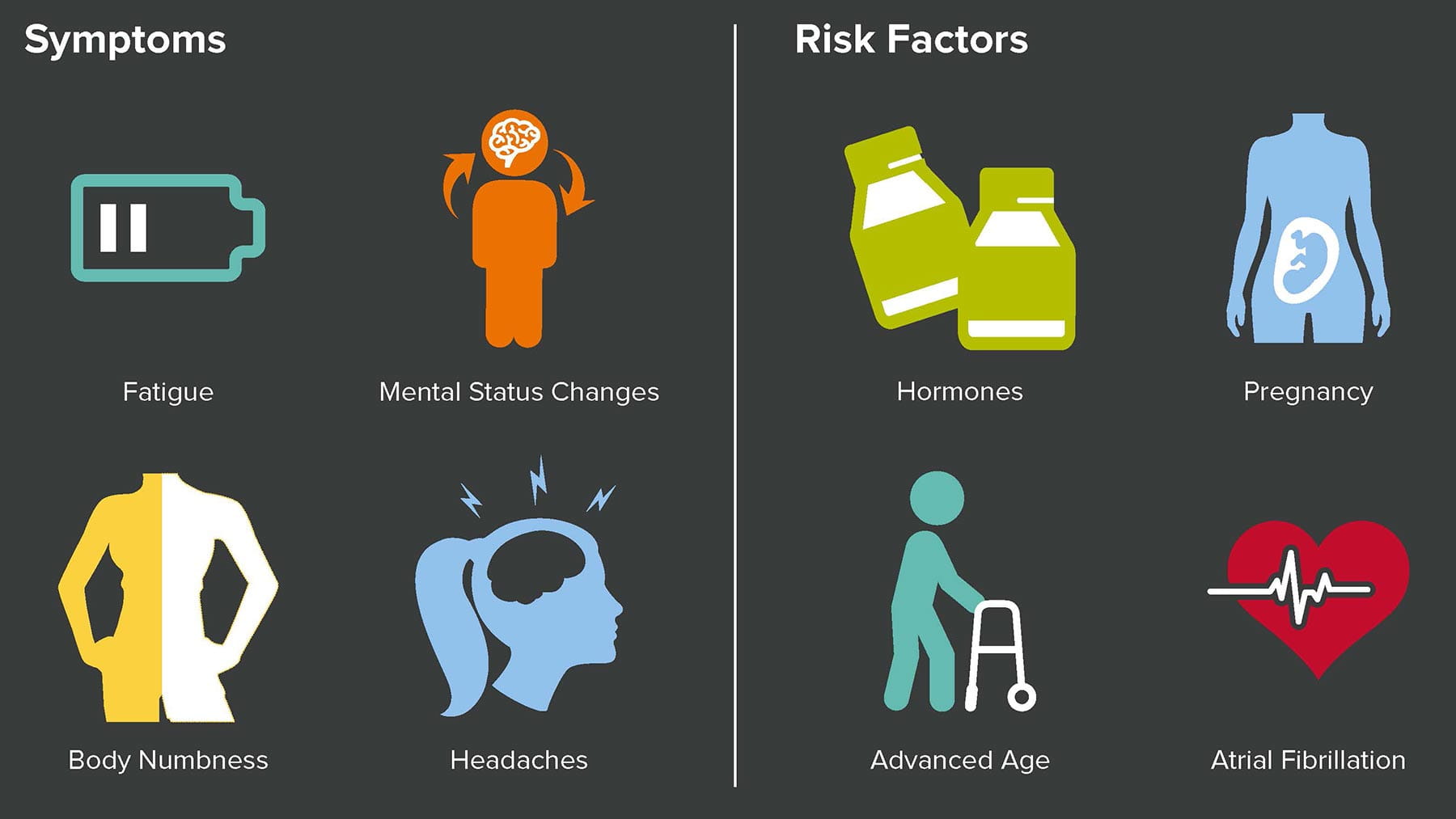One in five older women will suffer a stroke
Brown University
Dr. Tracy Madsen has been studying the topic of women and stroke since beginning her residency in emergency medicine at Brown’s Warren Alpert Medical School in 2008. She originally focused on the disparities in the treatment of women in the emergency department.
“The E.D. was an important setting for me, because that’s
where I care for patients,” said Madsen, an associate professor of emergency
medicine and epidemiology at Brown and attending physician at the Miriam
Hospital and Rhode Island Hospital. “I’ve always been very interested in
learning whether women who came to the E.D. with stroke symptoms were receiving
the care they should be receiving.”
Over time, other stroke specialists came to share
Madsen's research interests.
“When I first started doing some of this work 10 years
ago, it felt like there weren’t that many people working in this area, but the
number of investigators who are actively working on ways to improve stroke care
for women has expanded significantly,” Madsen said. “Understanding how to
improve stroke care for women will not only elevate stroke care for women, but
will ultimately improve stroke care for all.”
Madsen has participated in more than 35 research projects
on women and stroke, focused not only on clinical care and treatment but also
risk factors.
A woman’s stroke risk changes with age, she noted: The
likelihood of a stroke is higher during pregnancy and increases again during
and after menopause. Elderly women are the most likely to have a severe and
debilitating stroke.
In the United States, one in five women between ages 55
and 75 will have a
stroke, according to the U.S. Centers for Disease Control and
Prevention; stroke is the third leading
cause of death for women. Yet four in five strokes are preventable, Madsen
said, which is why it’s important for researchers and clinicians to understand
the risk factors and educate women on how they can protect themselves.
With the incidence of risk so significant, Madsen shared
three insights from her recent research projects on women and stroke.
The most common stroke risk factors are even riskier for women.
The most common stroke risk factors are high blood
pressure and diabetes. But risk levels and severity differ by sex, Madsen
said. In a 2019 study of
over 26,000 participants, Madsen and other researchers found that risk of
stroke per each level of hypertension was higher in women. Compared to men with
high blood pressure, women with high blood pressure were even more likely to
have a severe stroke.
Another study led by Madsen found that women with a high fasting blood glucose level, which is a marker of diabetes, had a higher risk than men of ischemic stroke, which is the most common kind. She said findings from studies like these could inform sex-specific guidelines for the care and treatment of hypertension and diabetes in order to reduce a patient’s risk of stroke.
“Knowing how traditional stroke risk factors such as high
blood pressure differ between women and men is critical,” Madsen said. “Not
only does this evidence reinforce the need for screening and treatment of risk
factors across the life span, from early adulthood through midlife and
postmenopause, but it also has the potential to inform future changes to
guidelines.”
Migraines matter — even if women no longer have them.
Migraine is two to three times more common in women than
men. There is solid data that migraine with aura — also known as classic
migraine, which involves headaches as well as flashes of light, blind spots and
other visual abnormalities — is considered to be a risk factor for stroke.
Most of the data that informed this knowledge, however,
comes from studies of women in midlife. Madsen and her team are now
focusing on older women, and studying whether a woman’s lifetime history of
migraine means that she might be at higher risk for a stroke later in life,
such as when she’s in her 60s or 70s — even if she no longer has migraines.
“Understanding this risk could help doctors provide safer
care for post-menopausal women,” Madsen said, “such as guiding decisions on
whether or not to prescribe medication for other conditions that may have a
side effect of increasing risk of stroke.”
This two-year study will end in 2025, and results could
shape future care for both migraine and stroke.
Hormones could be used as a tool to predict stroke risk.
Researchers don’t know exactly what explains sex
differences in risk with age and how conditions like blood pressure affect risk
— but sex hormones appear to play an important role, Madsen said. She has been
involved in multiple projects examining how and why hormones may account for
sex differences in stroke risk.
In a 2020 analysis of
data from the Women’s Health Initiative, an ongoing national study, Madsen and
other researchers found that low levels of circulating sex hormone-binding
globulin, a hormone closely linked to estrogen and testosterone, were
associated with a higher risk of ischemic stroke in postmenopausal women. She
is currently leading additional federally funded studies exploring how hormone
levels could be used to identify women at the highest risk of a debilitating
stroke.
